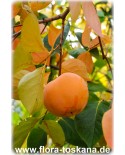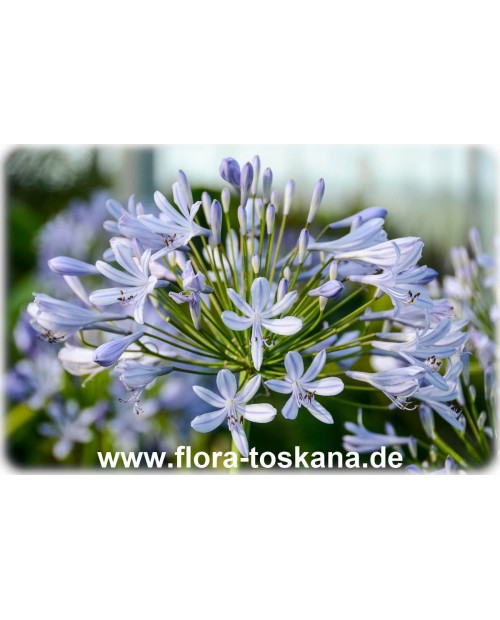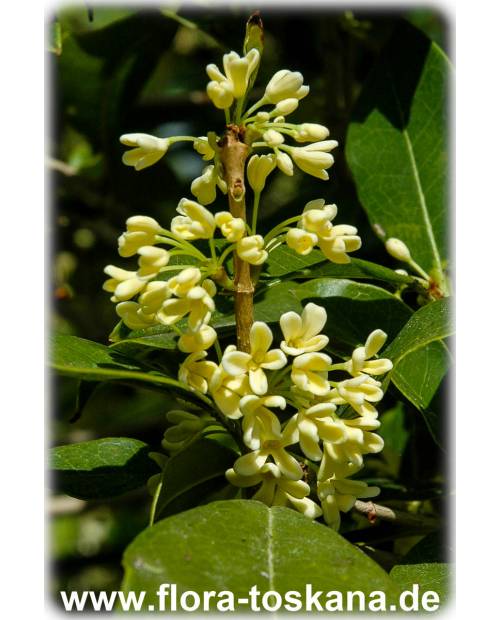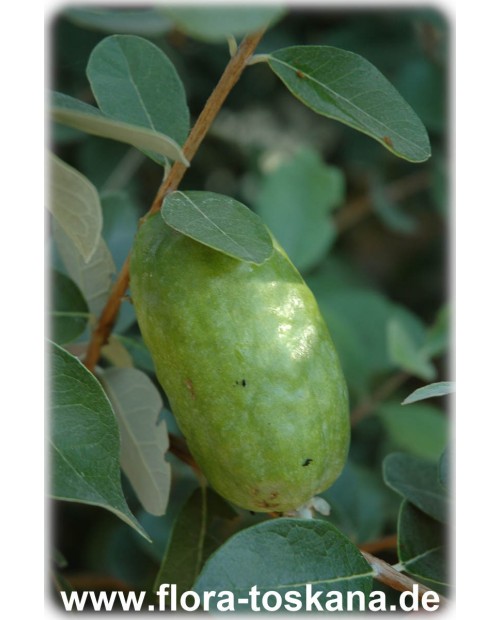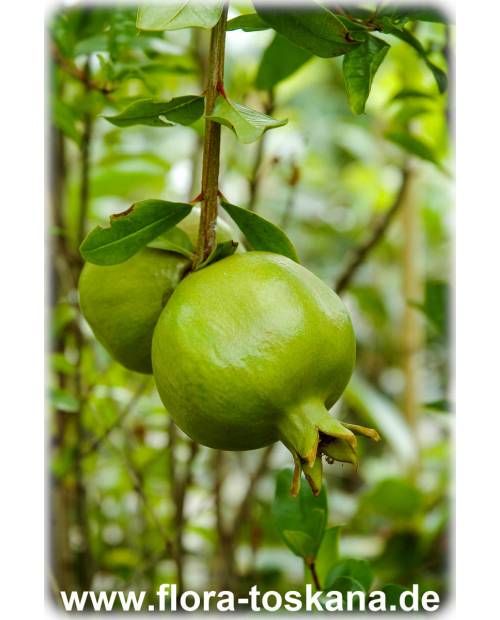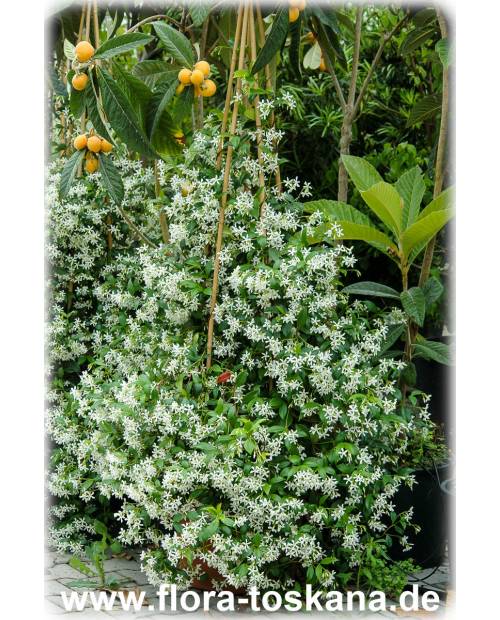Diospyros kaki 'Sharon' - Japanese Persimmon, Kaki
Kaki fruit or persimmon (Diospyros kaki) of the variety 'Sharon' can be found regularly on the fruit shelves. But how much more exciting is it to harvest the typical Mediterranean fruit from your own garden? The kaki 'Sharon' is edible even when unripe, when it still has a crunchy texture.
"Diospyros" means "fruit of the gods". With such a name, it almost goes without saying that persimmon fruits taste heavenly. Their flesh, orange when fully ripe, is soft and juicy like jelly and melts in the mouth like pudding. The flavor is full-bodied and sweet-fruity. Note: When you buy a 'Sharon' fruit, this is also a persimmon, - more precisely an Israeli variety - but its hard flesh with only little juice is nowhere near the quality of Italian varieties, which are nearly twice as large (5-8 cm). Grafted, genuine persimmon trees start to produce fruit from the 2nd to 3rd year after grafting. The 2-2.5 cm large, yellow flowers appear in early summer. Persimmon trees are able to produce fruits without pollination (parthenocarp). These fruits are then seedless. If they are pollinated, the fruits have seeds and are somewhat larger. It is important to allow the fruit to ripen to full maturity - the skin will then yield slightly to finger pressure. Unripe persimmons are astringent, meaning that when eaten, the mouth becomes furry and numb. However, this does not apply when they are made into jams and jellies; here even unripe fruits lose their astringency. The variety 'Jiro' is not astringent, but it too should be allowed to ripen on the branches to develop its full flavor. Persimmon trees are just as suitable as permanent guests in pots as they are as conservatory trees and trees in the garden, as they have a high cold tolerance of minus -15 °C. Persimmons form round, densely leafed crowns in both sunny and semi-shady places, with foliage turning intense yellow, orange and red in fall. The leafless trees are easy to overwinter, as their light and heat requirements are minimal.![]() 'Sharon': This probably best known variety of persimmon is regularly found on the fruit shelves. This is because it is very easy to transport without getting bruised. The firm, bright orange, low-tannin Sharon fruits are ready to be eaten even before they are fully ripe. The trees grow compact and form well-rounded, small crowns that are comparable to apple trees in their final size.
'Sharon': This probably best known variety of persimmon is regularly found on the fruit shelves. This is because it is very easy to transport without getting bruised. The firm, bright orange, low-tannin Sharon fruits are ready to be eaten even before they are fully ripe. The trees grow compact and form well-rounded, small crowns that are comparable to apple trees in their final size.![]() Quality: Large & tasty fruits that you cannot buy in this country. Even young plants reliably bear fruits due to grafting; round crown, robust & hardy; easy to winter.
Quality: Large & tasty fruits that you cannot buy in this country. Even young plants reliably bear fruits due to grafting; round crown, robust & hardy; easy to winter.
![]() Use: planted in the garden; in pots starting from April/May ourdoors on balcony, terrace – during winter in the house; all year round planted in a greenhouse or conservatory
Use: planted in the garden; in pots starting from April/May ourdoors on balcony, terrace – during winter in the house; all year round planted in a greenhouse or conservatory
Data sheet
- Family
- Ebenaceae
- Origin
- Asia (mediterranean)
- Flowering period
- Spring
- Color of flowers
- Yellow
- Fruits
- Edible fruits
- Growth
- Tree
- Location
- Sunny
- winter temperature
- 5 (+/- 5) °C
- Minimum temperature
- -15 °C
- Hardiness Zones
- 8
- Height
- 4 - 5 m
You might also like
Customers who bought this product also bought:


